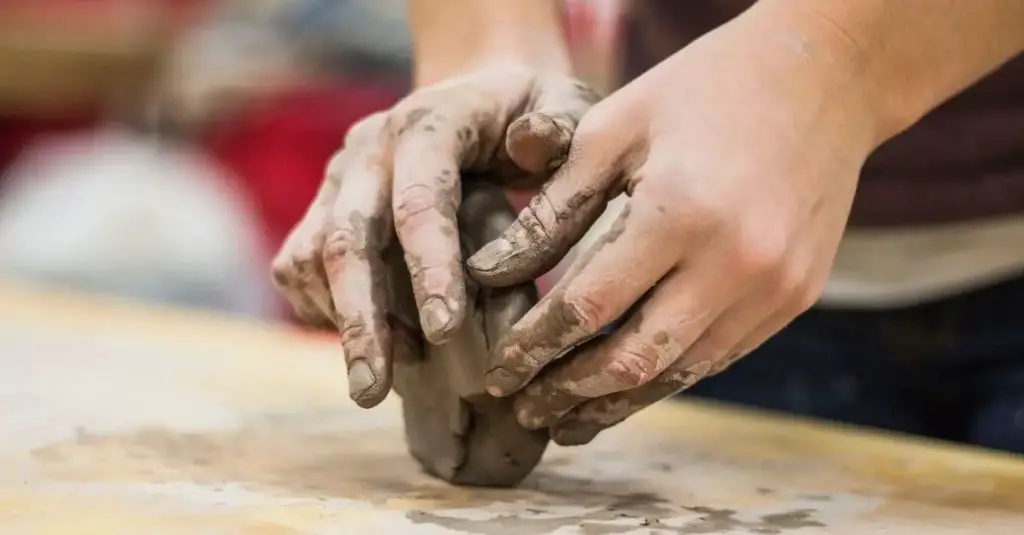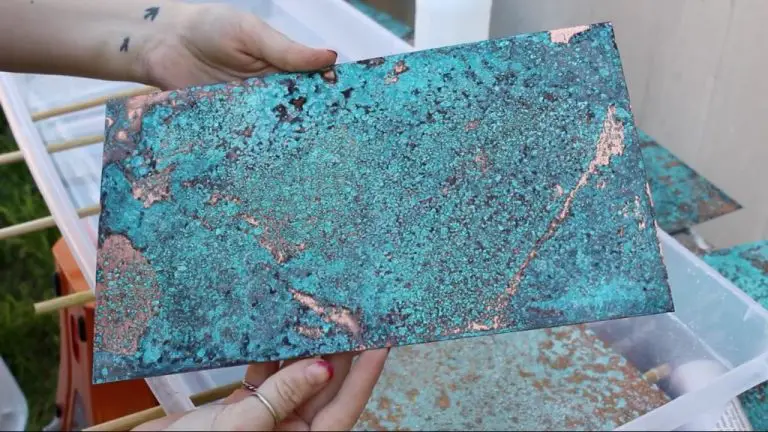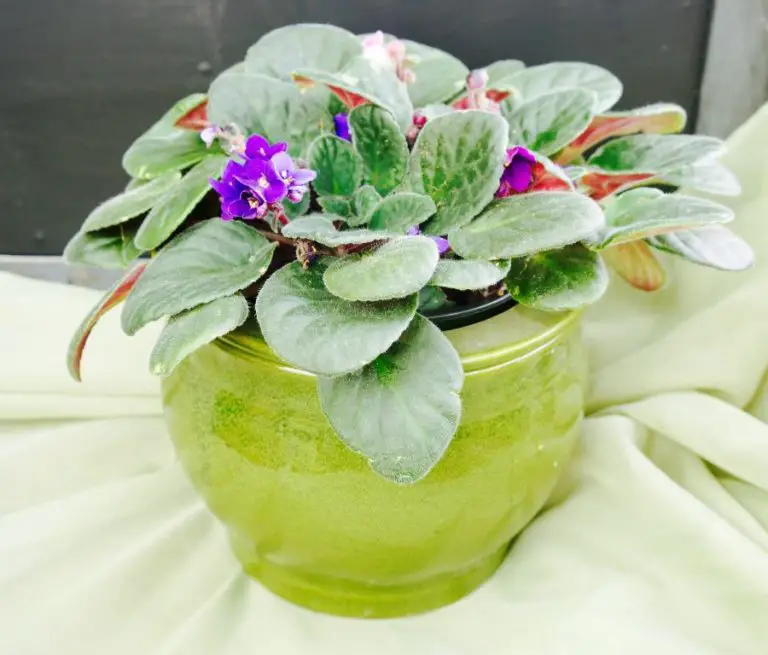Which Clay To Use For Pottery Wheel?
There are several types of clay that are commonly used on the pottery wheel. The main types include earthenware, stoneware, porcelain, ball clay, and fire clay. Each type has different properties that make it suitable for certain projects and firing methods. Choosing the right clay is an important first step when working on the wheel, as the clay body impacts the finished result. This article provides an overview of the most common clays used for throwing pottery and key factors to consider when selecting clay.
Porcelain
Porcelain clay is made from kaolin clay, also known as China clay. Kaolin clay is white in color and produces a bright white clay body when fired. According to Soul Ceramics, porcelain clay is “perhaps the most renowned form of clay for creating delicate objects such as fine bone china or figurines.”
In addition to kaolin clay, porcelain clay contains other ingredients like feldspar and quartz. Feldspar acts as a flux to lower the firing temperature, while quartz strengthens the porcelain body. Porcelain is fired to a high temperature around 2300°F to 2400°F to fully vitrify the clay. This results in porcelain’s fine white color, translucency, and strength.
According to an article on Pottery Crafters, “Porcelain clay is made from 50% kaolin clay, 25% pottery stone, and 25% feldspar. Pottery stone is often made of silica and feldspar.”
Stoneware
Stoneware is a popular type of clay body for throwing on the pottery wheel. It is made from clay that has a high grog content, with added materials such as feldspar and silica to increase the firing temperature range (What is Stoneware? A Complete Guide to Stoneware Pottery). Stoneware clays are very strong, dense, and semi-vitreous, meaning they become partially glassy when fired to high temperatures between 2,200°F and 2,400°F. The high grog content gives stoneware clay excellent plasticity and workability for throwing on the wheel. It also minimizes shrinking and warping.
Stoneware clays are ideal for creating functional pottery like mugs, plates, and bowls that are durable, watertight, and can withstand repeated use. The high firing temperature makes them non-porous so they won’t absorb liquids. Many potters prefer stoneware for its versatility and ability to create household objects with a nice heft and feel (What is the Difference Between Earthenware and Stoneware Clay). With the right glazes, stoneware clay can produce pottery with a glossy or matte surface. Overall, stoneware is an excellent choice for potters looking to throw kitchenware and other functional pieces on the wheel.
Earthenware
Earthenware is made from clay that is relatively low in iron and fired at lower temperatures, typically between 1,832°F (1,000°C) and 2,192°F (1,200°C) Types of Clay for Pottery – The 5 Main Types of Ceramic Clay. Because of the lower firing temperature, earthenware clay remains porous after firing. This makes it lighter in weight compared to stoneware and porcelain, but it also makes pieces more prone to chipping if unglazed, and can allow water to seep through if not properly sealed.
Earthenware clays are some of the most easily accessible and widely used for pottery. The lower firing range allows firing in simple kilns like pit firing or raku kilns. Earthenware’s porosity also makes it excellent for flower pots and other garden wares What is the Difference Between Earthenware and Stoneware Clay?. Common types of earthenware clay include terracotta and red clay.
Ball Clay
Ball Clay is an important component in many clay bodies used for throwing on the pottery wheel. This mined clay contains high amounts of kaolinite which gives it excellent plasticity. Plasticity refers to a clay’s ability to be shaped and resist cracking when bent or stressed. The small particle size of ball clay allows it to fill spaces between other clays, resulting in increased workability and stretchiness when throwing on the wheel.
Ball clay is not used on its own, but added to stoneware or porcelain clays in amounts ranging from 10-50%. The higher the percentage of ball clay, the more plastic the clay body becomes. However, too much ball clay can lead to excessive shrinkage and cracking during drying and firing. Most clay bodies designed for throwing contain 20-30% ball clay as this provides sufficient plasticity without major drying or firing issues.
If you are new to throwing on the wheel, using a clay with 20-25% ball clay content is recommended. This will give you clay with good workability that also has some forgiveness as you learn to center and shape pots. As your skills progress, you may opt for clay bodies with slightly lower ball clay percentages that are more resistant to warping and cracking when throwing larger ware. But in general, the plasticity imparted by ball clay makes it an essential component of any clay designed for use on the pottery wheel.
Fire Clay
Fire clay is a refractory clay that can withstand extremely high temperatures without deforming or melting. According to Wikipedia, fire clays are “used in the manufacture of ceramics, especially fire brick.”
As Digitalfire explains, fire clay is a generic term referring to refractory clays that can be fired to high temps. The key properties of fire clay are its refractory nature and high fusion point. This makes it an essential material for kiln shelves, as it can withstand the high firing temperatures needed for ceramics.
Fire clay has some key advantages for pottery use:
- Withstands temperatures up to 1,800°C
- Does not deform, warp or melt at high temps
- Provides thermal insulation in kilns
- Ideal for making kiln furniture like shelves
Fire clay requires extremely high firing temps, so it is best used by experienced potters with access to a high temperature kiln. It can withstand the heat needed for stoneware and porcelain firing. Fire clay is less commonly used for making pottery pieces themselves.
Recommending Clays for Beginners
When starting out on the pottery wheel, it’s best to avoid highly grogged clay bodies. Grog refers to pre-fired clay particles that are added to clay to increase its strength and durability. However, highly grogged clays can be very challenging for beginners to center and throw evenly on the wheel.
The sharp edges of the grog make the clay stiffer and more prone to cracking and tearing. Throwing highly grogged clay requires greater centering skill to compress the clay evenly. Beginners may find the clay grabs or sticks to their hands during throwing. The unevenness can lead to wobbly pots or thick, irregular walls.
Smooth, plastic clays with little or no grog are far easier to center and shape for beginners. Popular choices are porcelain and some stoneware blends, which have a soft yet strong throwing quality. As your skills progress, you can gradually introduce more grogged bodies with time and practice. But when just starting out, choose a clay that’s forgiving and enjoyable to throw.
Choosing clay bodies
When choosing a clay body for throwing on the pottery wheel, three key factors to consider are color, shrinkage, and plasticity.
Clay comes in a wide range of natural colors like white, brown, red, and gray. The color of the raw clay will affect the final look of finished pieces. Some potters like to use colored clays for aesthetic effects. For others, a neutral white or gray clay provides a blank canvas for glazing. See this article for more on clay color considerations: Pottery for Beginners: The 4 Main Types of Clay.
Shrinkage refers to the amount clay reduces in size as it dries and is fired. Excessive shrinkage can lead to cracking and warping. It’s important to use a clay body with shrinkage suited to your project. For example, a high shrinkage stoneware would not be ideal for large thrown pieces. Look for low-moderate shrinkage clays as a beginner. Check manufacturer specifications for the shrinkage percentage. This article has more on choosing clay shrinkage: Things to Consider Before Buying Clay for Pottery.
Plasticity refers to how easily clay can be shaped and manipulated. High plasticity clay is very responsive to throwing techniques. Low plasticity clay can be difficult to center and shape without cracking. Medium plasticity offers a good balance. Test a clay’s plasticity before buying a large amount.
Preparing clay for throwing
Properly preparing clay before throwing is an essential step to ensure the clay is smooth, homogeneous, and free of air bubbles. The main techniques for preparing clay include wedging, kneading, and slamming.

Wedging involves cutting the clay into chunks and pushing it together to blend and compress it. This eliminates air pockets and creates an even moisture consistency throughout the clay. Kneading is done by pressing, folding, and pushing the clay repeatedly to blend it. Slamming involves throwing a clay ball firmly onto the wedging table multiple times to force out air bubbles. Potters often use a combination of these techniques to prepare clay thoroughly before throwing.
Taking the time to wedge, knead, and slam clay properly before throwing will result in clay that is smooth, elastic, and responsive on the wheel. Air bubbles trapped in clay can expand during firing and cause defects. An uneven moisture consistency can cause cracking or make clay difficult to center on the wheel. Thorough clay preparation is a fundamental skill all potters need to develop.
Conclusion
When choosing the right clay for throwing on the pottery wheel, there are several key factors to consider. The clay body needs to be plastic enough when wet to center well but strong enough when leather hard to maintain the shape without slumping or cracking. The clay also needs to vitrify and become non-porous at the desired firing temperature.
For beginners, a stoneware or porcelain is often the best choice as they are smooth and able to withstand throwing thin. More experienced potters may opt for a grogged earthenware or paper based clay to create handbuilt or textured looks. It’s always a good idea to test a few clay bodies when getting started to find one you like working with. Ask other local potters what clays they recommend and which ones are readily available in your area. With some experimentation, you’ll discover the perfect clay for your next pottery wheel project.


